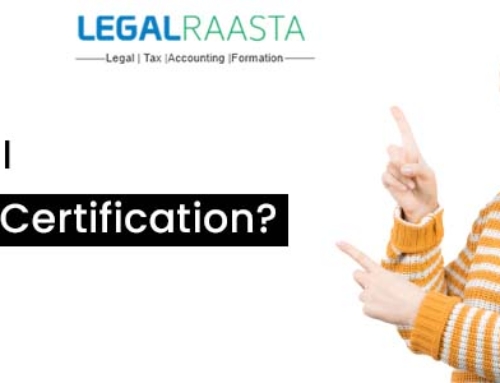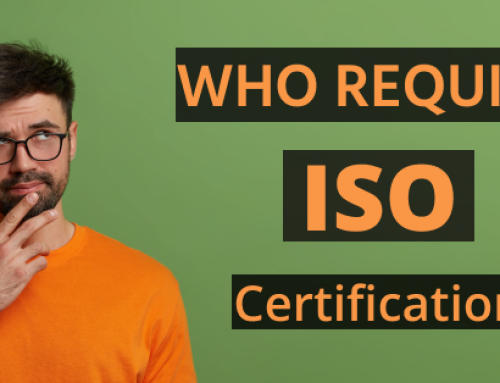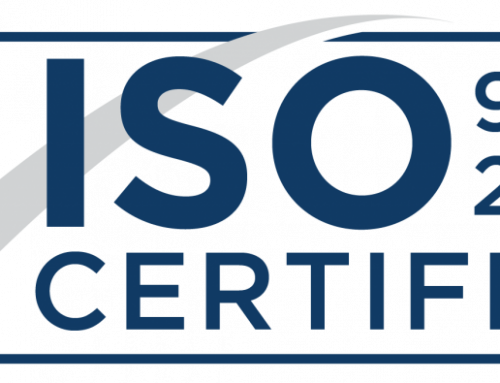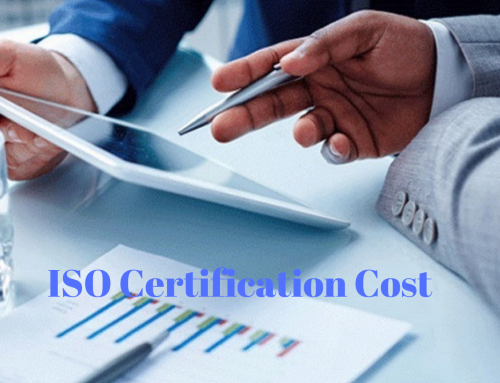What is ISO 14000?
Contents
ISO 14000 is a series of international, voluntary environmental management standards and guides and technical reports. It specifies the requirements for establishing an Environmental policy determining the environmental impacts of products or services, planning environmental objectives, implementing programs to meet the various objectives, and conducting corrective action and management review.
Objectives of ISO 14000 Series:
Following are the objectives of the ISO 14000 series:
- to promote effective environmental management systems in organizations
- these standards always seek to provide cost-effective tools that can make use of best practices for organizing and applying information about environmental management.
The family of ISO 14000 was actually developed in response to a recognized industry need for standardization. On comparing the system and collaboration has proved very difficult with different organization approaches to environmental management.
If you want any information regarding International Standardization or types of ISO certification or more then must follow our blog.
History of ISO 14000
As per the history, BSI group had published the first environmental management system, BS 7750. The ISO (International Organisation for Standardization) has created this family in 1996 and ISO 14001 has undergone to revision and the current revision of this ISO was published in September 2015.
Series of ISO 14000
Following are the aspects of environmental management addressed by the ISO series:
- Environmental Management Systems (EMS)
- Environmental Auditing & Related Investigations (EA&RI)
- Environmental Labels and Declarations (EL)
- Environmental Performance Evaluation (EPE)
- Life Cycle Assessment (LCA)
- Terms and Definitions (T&D)
Compliances of an ISO 14000 EMS?
Compliances of ISO 14000 series EMS are given below:
- Assurance of your commitment to the customers for demonstrable environment management
- Public relations must be excellent
- Criteria of investor must be satisfied and improve access to capital
- Insurance must be obtained at a reasonable cost
- Image enhancement and market share
- Registration requirements must be met with the clients
- Improvement in Cost control must be done by identifying and eliminating waste and inefficiency
- Lessen the incidents end up in liability
- Reduction in the consumption of materials and energy
- Facilitates the attainment of permits and authorizations
- Decrease the cost of Complying with environmental regulations
- Relations between industry and government improves
ISO 14000 Registration
ISO 14000 registration is a formal recognition of an organization’s capacity to conform to the requirements of an EMS. It is very simple for any organization to declare that their EMS meets the requirements of ISO 14001 (Self-declaration). Further, many organizations have chosen to have their EMS registered. Usually, it happens to provide greater assurance to clients and the public or because regulations and clients require it.
Basic Principles behind the ISO 14000 series
The principles of ISO 14000 series are given below:
- Better environmental management
- Encompass the aspects of environmental products as well as environmental management
- Applicable in all countries.
- Promotion of the broader interests of the public and users of these standards.
- It is cost-effective and non-perspective and flexible hence they are able to meet the differing needs of organizations of any type or size, worldwide
- Suitable flexibility to be suitable for internal and external verification
- Based scientifically
- It is practical, useful and usable.
Standards of ISO 14000
There are basically two major groupings i.e Organisation oriented and product-oriented documents in an ISO 14000 series. It provides a complete guidance for establishing, maintaining and evaluating an EMS under organization oriented standards. It is concerned with other organization-wide environmental systems and functions.
Following is the list of the published organization-oriented ISO 14000 standards, TRs and Guides:
- ISO 14001:2004, Environmental Management Systems— Guidance with the specification for use
- ISO 14004:2004, Environmental Management Systems— Complete guidelines on principles, systems and supporting technique
- ISO 14010:1996, Guidelines for Environmental Auditing— Complete guidelines for environmental Auditing (General Principles)
- ISO 14011:1996, Guidelines for Environmental Auditing— Complete guidelines for environmental Auditing, Audit procedures, Auditing of Environmental Management systems
- ISO 14012:1996, Guidelines for Environmental Auditing— Complete guidelines for Environmental Auditing, Qualification criteria for environmental Auditors
- ISO 14031:1999, Environmental Management— Evaluation of environmental performance (guidelines)
- ISO/TR 14032:1999, Environmental Management— Examples of environmental performance evaluation (EPE)
- ISO/TR 14061:1998, Information to assist Forestry Organisations in the use of Environmental management system standards ISO 14001 and ISO 14004.
Benefits of Certified ISO 14000
There are several benefits of getting ISO 14000 certified on the basis of internal benefits and external benefits:
- Through this, the environmental impact of its activities, product or services remains in control.
- It improves its environmental performance.
- It implements the systematic approach for setting environmental objectives to achieve these and to demonstrate that they have been achieved.
- Ensures legal compliance.
Besides, there are more benefits given below:
Internal benefits:
- Assurance to the management: The impact on the environment is in the hands of the organizational procedures and activities.
- Assure employees: It gives assurance to the employees that they are working for an environmentally responsible organization.
External Benefits:
- It gives assurance on environmental issues to the external stakeholders such as customers, community and regulatory agencies.
- Comply with the regulations of the environment.
- Communication and claims: It provides support to the organization’s communication and claims about its own environmental policies, plans, and actions by gaining its EMS certificate.
- Demonstrate conformity: It maintains a framework for the demonstration conformity via suppliers’ declarations of conformity, assessment of conformity by an external stakeholder such as business client and for certification of conformity by an independent certification body.
Hurry up! Apply ISO for certification to make your products and services outstand in the cut throat-competition. Send your query on Email: [email protected] and give us a call at 8750008585. Our experts are available on our website: LegalRaasta to provide you the best advice ever.
Related Articles:
What re the challenges in the path of the ISO certification implementation?






